An IHF lining fluorine chemical pump is particularly designed to address corrosive and risky chemical compounds. It is constructed with a fluorine-covered pump body, which gives first rate resistance to a huge variety of chemical materials. This lining material protects the pump from chemical assault, making sure durability and efficiency in pumping operations.
The styles of chemical substances that can be pumped the use of an IHF lining fluorine chemical pump consist of acids, alkalis, solvents, and corrosive liquids. Let's delve deeper into those classes:
1. Acids: IHF lining fluorine chemical pumps are relatively powerful in managing lots of acids, consisting of sulfuric acid, hydrochloric acid, nitric acid, phosphoric acid, and extra. Acids are characterized by using their corrosive nature, and the fluorine lining of the pump body shields it from degradation because of those chemical compounds.
2. Alkalis: This class consists of chemicals with a high pH, including sodium hydroxide (caustic soda), potassium hydroxide, and ammonium hydroxide. Alkalis can also be fantastically corrosive, but the IHF lining enables the pump resist their effects, bearing in mind safe and green pumping.
3. Solvents: IHF lining fluorine chemical pumps are also suitable for transferring solvents, which include acetone, methanol, isopropyl alcohol, toluene, and xylene. Solvents may be volatile and may pose fireplace or explosion risks, making it critical to have a pump that successfully handles these substances without inflicting any safety problems.
4. Corrosive drinks: Apart from acids, alkalis, and solvents, IHF lining fluorine chemical pumps can handle various corrosive beverages encountered in business methods. These can consist of seawater, brine solutions, bleach, chlorine, and other chemical compounds normally used in water treatment vegetation, chemical production, and other industries.
The use of IHF lining fluorine chemical pumps in applications related to these chemicals brings numerous blessings. Firstly, the fluorine lining ensures a corrosion-free and chemically resistant interior, making certain toughness and reliability in demanding environments. This protection extends the lifespan of the pump, reducing renovation and alternative expenses.
Secondly, these pumps are designed to deal with high temperatures, making them suitable for applications requiring accelerated warmth resistance. This is especially useful while pumping hot corrosive liquids or working in environments with excessive ambient temperatures.
Another gain of IHF lining fluorine chemical pumps is their performance in chemical transfer. With their sturdy design and optimized hydraulic performance, those pumps make certain easy, regular waft prices and high suction talents. This is critical for retaining manner stability and productiveness.
Moreover, IHF lining fluorine chemical pumps are often geared up with superior functions together with double mechanical seals, which provide extra safety against capability leaks and ensure safe operation. Alongside different safety measures and certifications, those pumps are dependable tools for plenty industries wherein chemical processing is involved.
In conclusion, an IHF lining fluorine chemical pump is capable of competently handling a extensive variety of chemical materials. The fluorine-covered pump frame gives terrific resistance to acids, alkalis, solvents, and corrosive beverages, presenting reliability, toughness, and performance in pumping operations. Whether it's in water treatment flowers, chemical manufacturing, or commercial techniques regarding corrosive and risky chemical compounds, an IHF lining fluorine chemical pump is a valuable asset.

 English
English 中文简体
中文简体


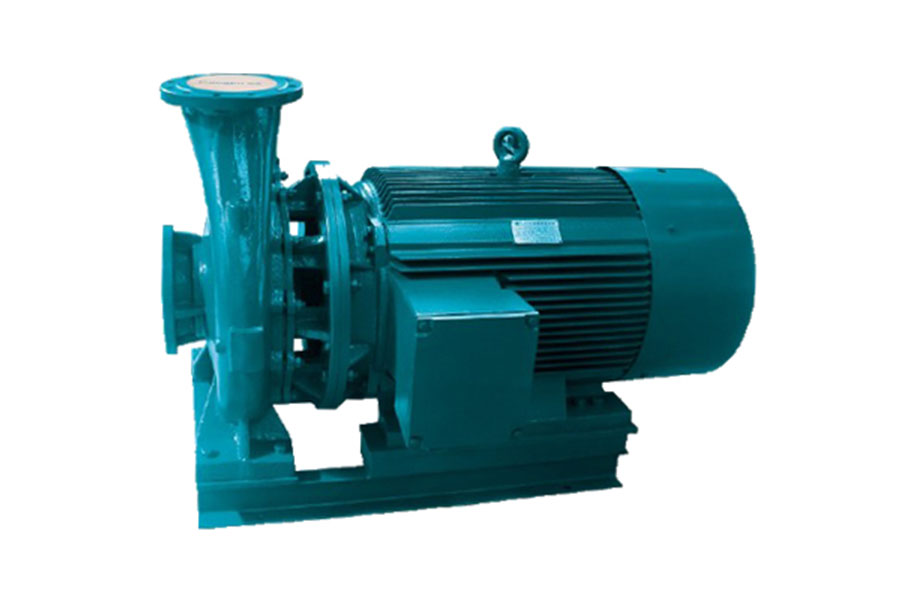
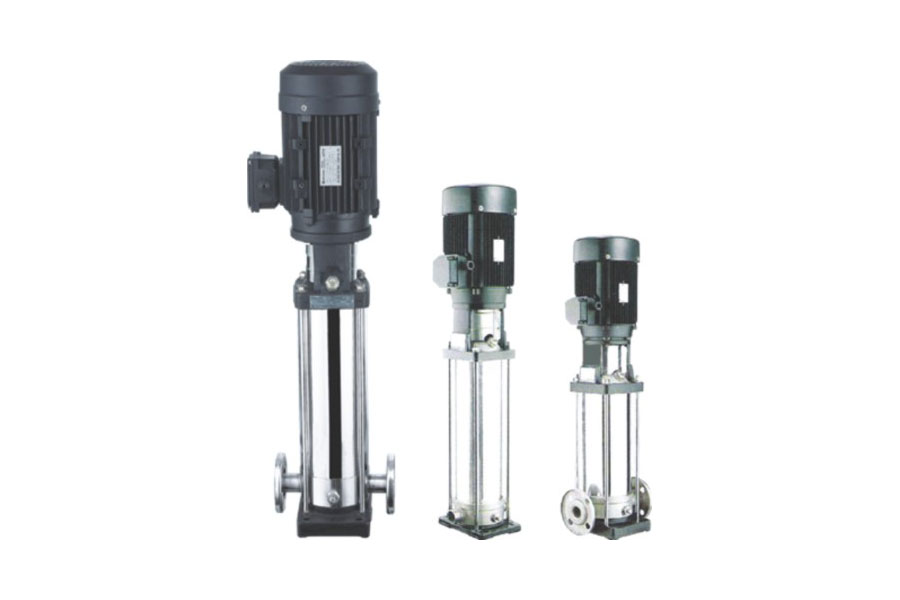
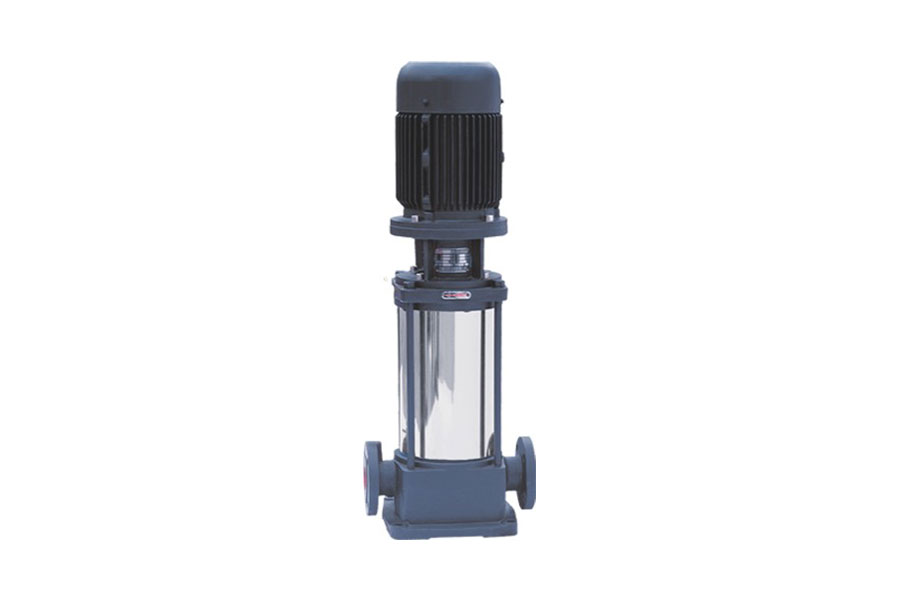
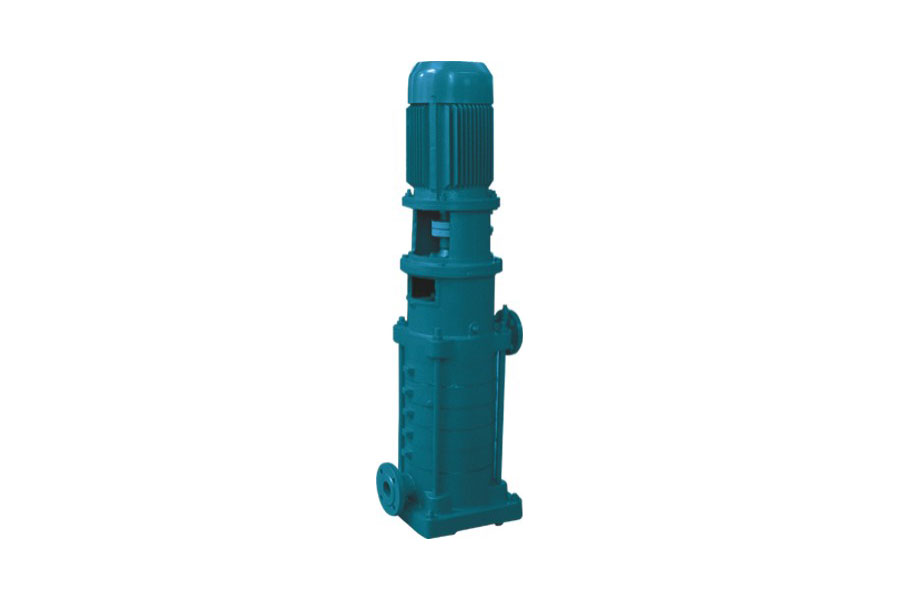
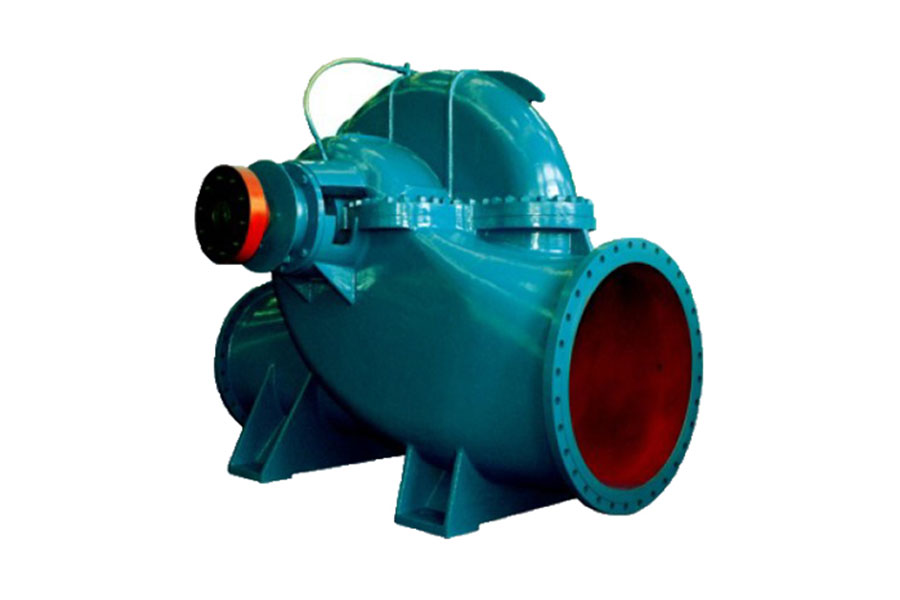

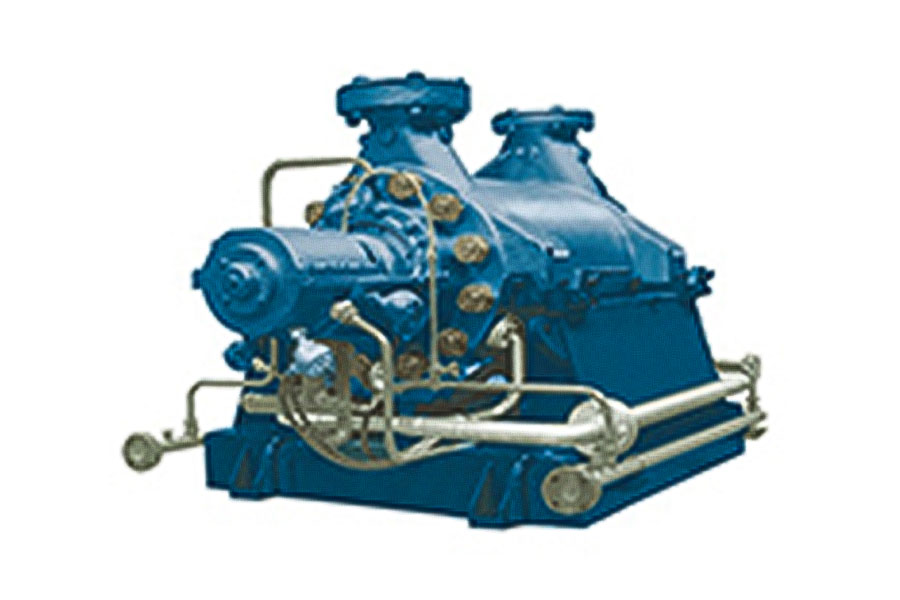
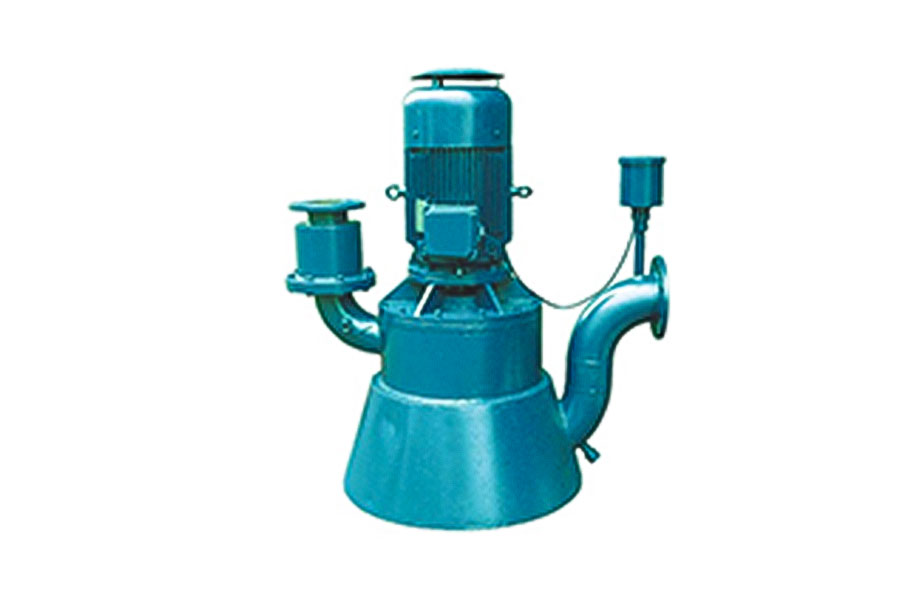








 Home
Home




